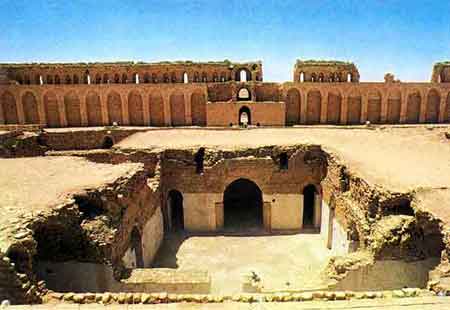The private buildings in the holy city of Karbala, especially those adjacent to the holy shrines of Imam Hussein and his brother Abbas "peace be upon them", were characterized in a constant form during the ages following the emergence of Islam in the early seventh century.
Among the distinctive characteristics of Karbala's residential areas, are the narrow alleys and winding corridors, which were providing certain benefits for the residents such as pleasant summers due to their ability to block the scorching sun, in addition to their security benefit, as they shaped the old city as a defensive fortress against hostile raids and as a maze used by locals to surround the enemies and to defeat them in the event of an outside assault or even an internal insurgency. (1)
According to historical sources, the parallel evolution of old houses in Karbala made them almost similar to those in the holy city of Kufa for two reasons, the first is the geographical proximity between the two cities, and secondly the common religion, social and historical legacies among their inhabitants, as those urban neighborhoods were characterized with simplicity regarding the size and design of the floor print, while focused on important social principles in Islam such as concealment, sanctification, and mutual respect for rights between every house owner and their neighbors.
Source
(1) Civilizational buildings in Karbala until the end of 656 Hijri: by Dr. Zain al-Abidin Musa al-Jaafar and Ms. Huda Ali Hussein al-Fatlawi, the series of publication of Karbala Center for Studies and Research.

